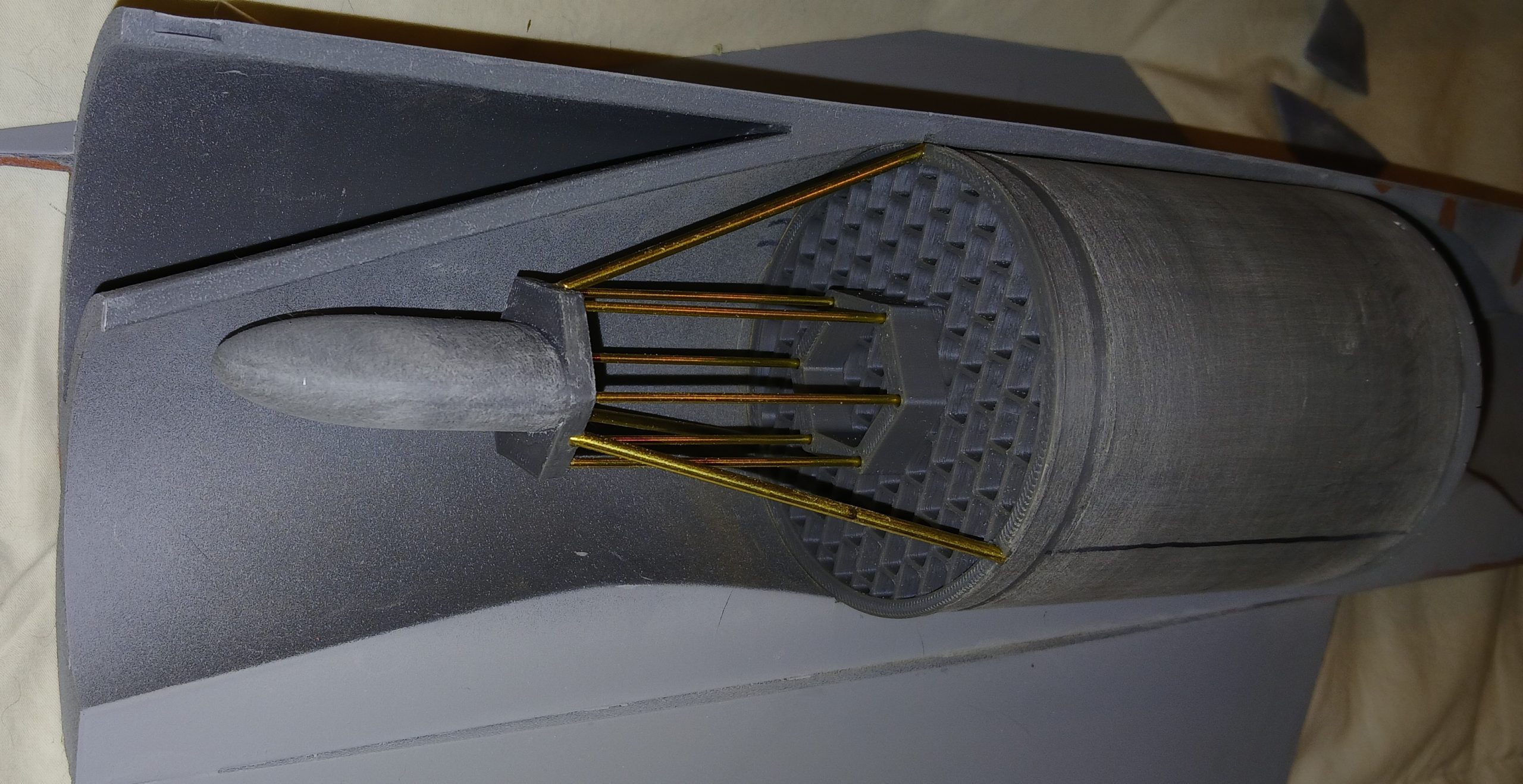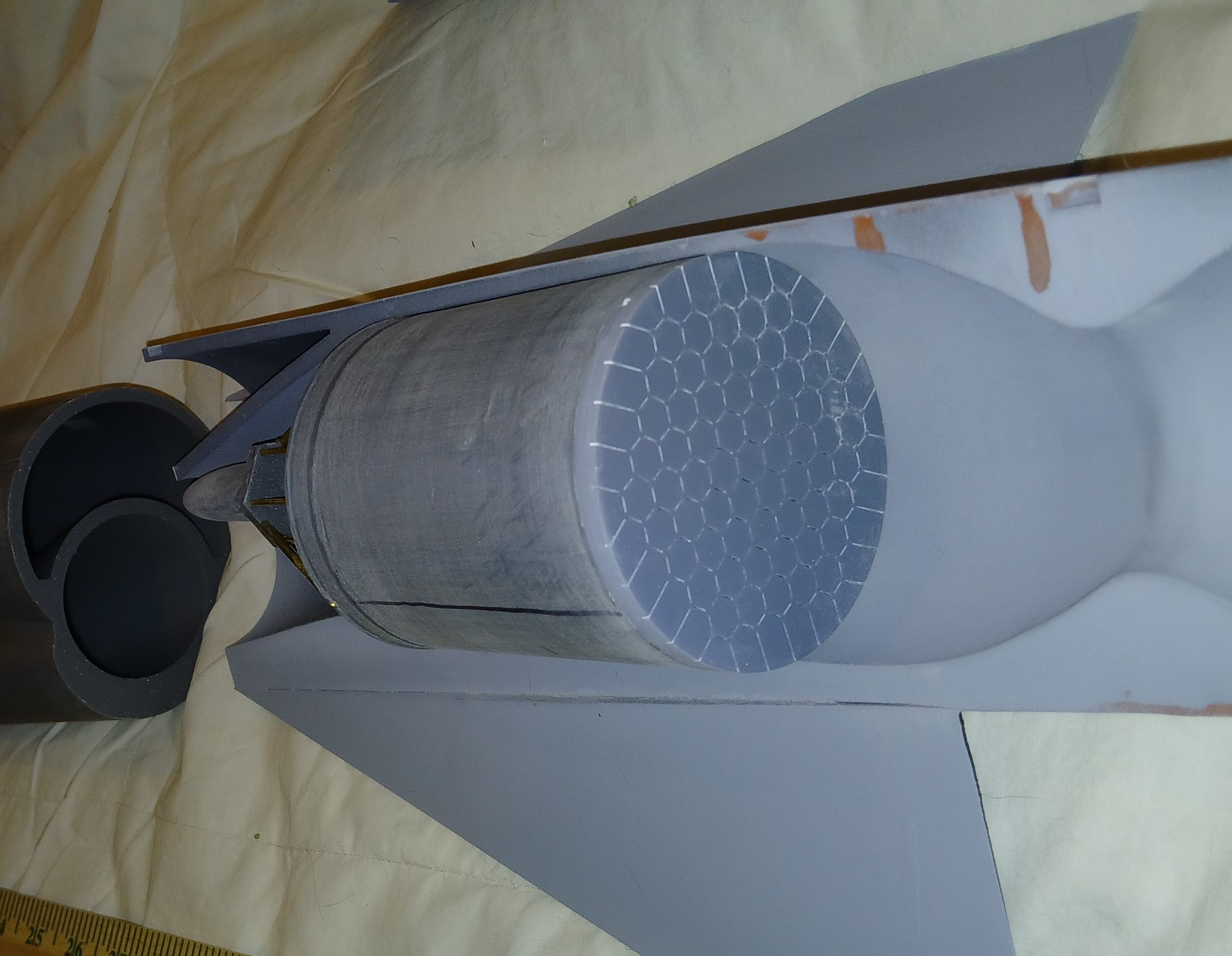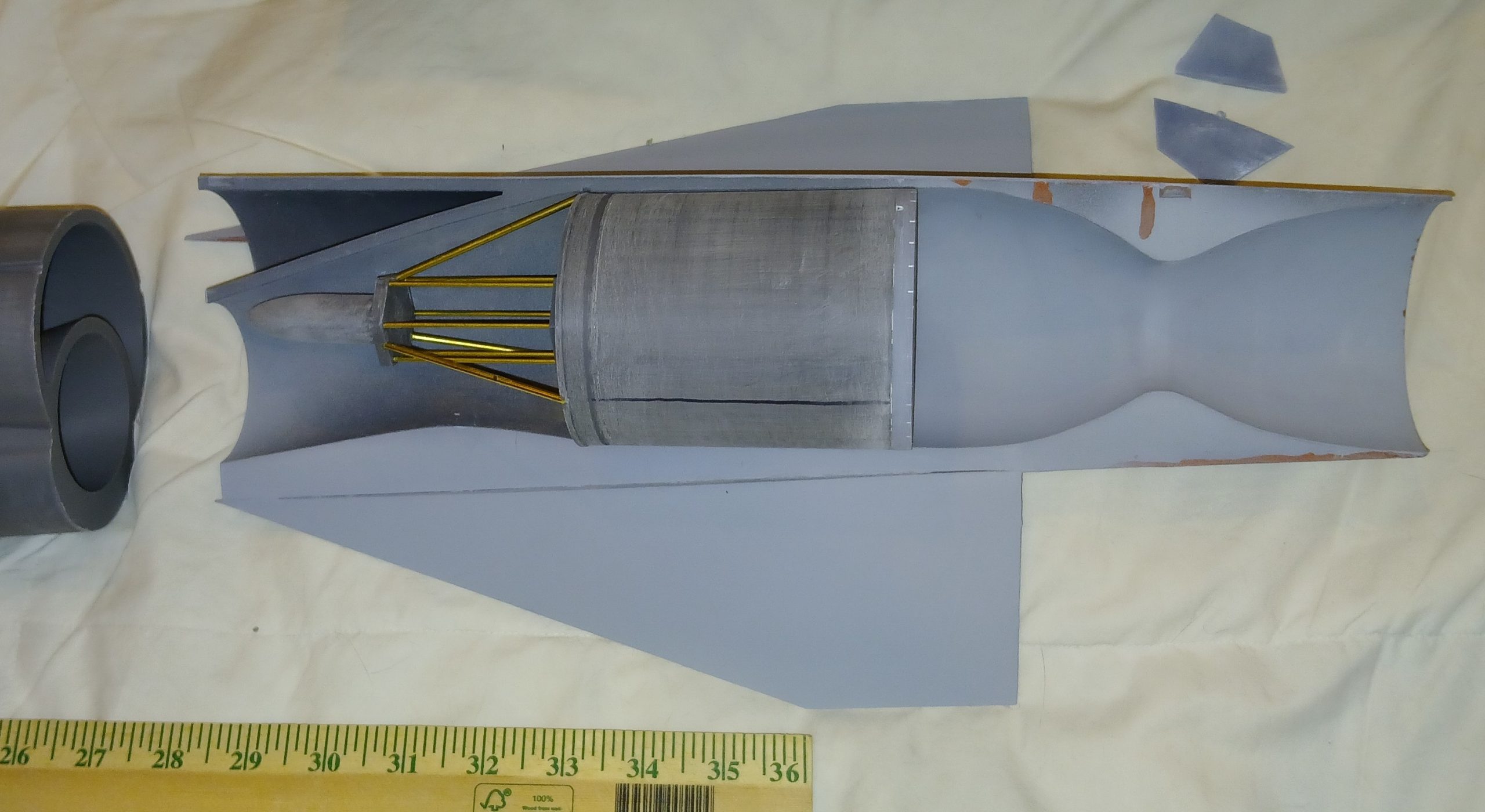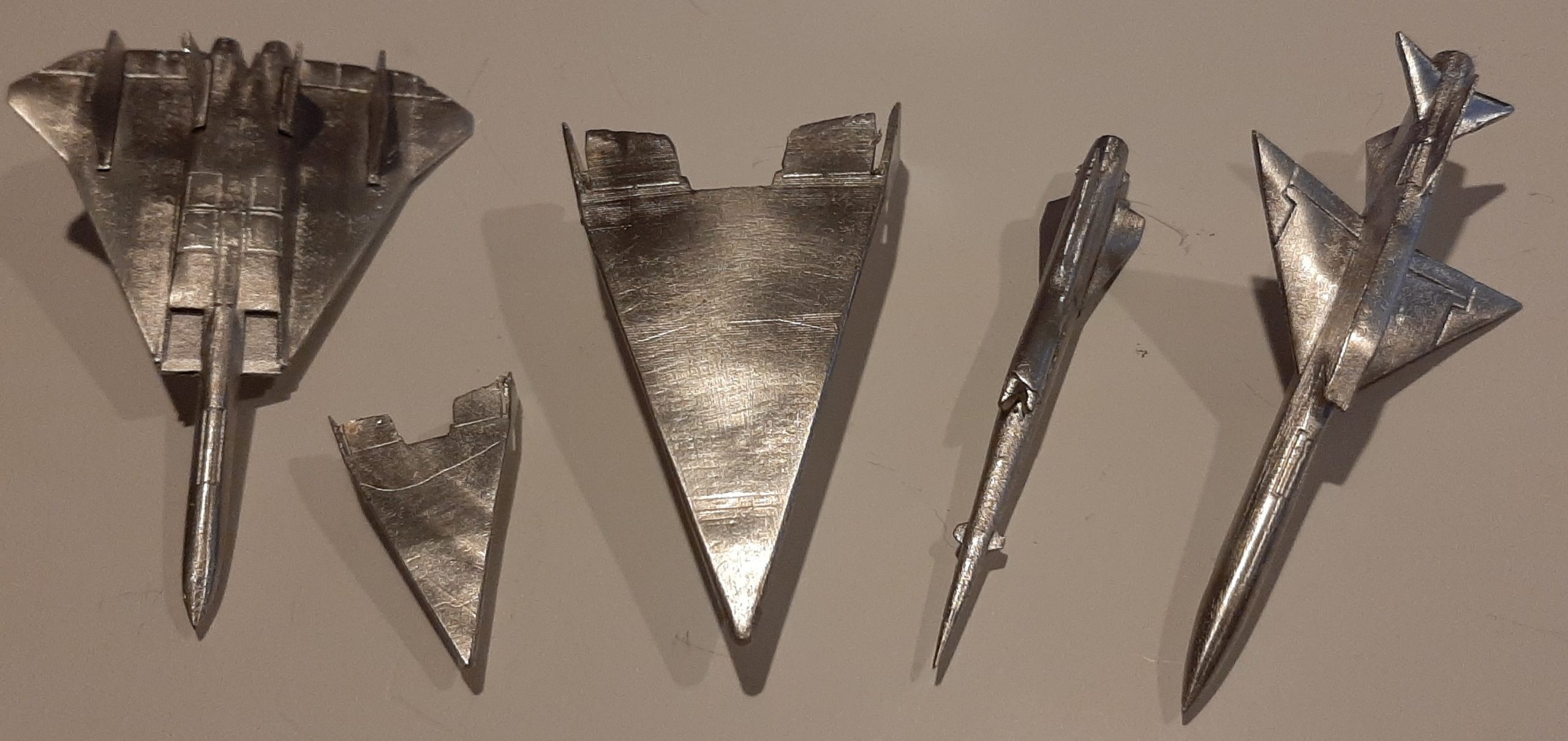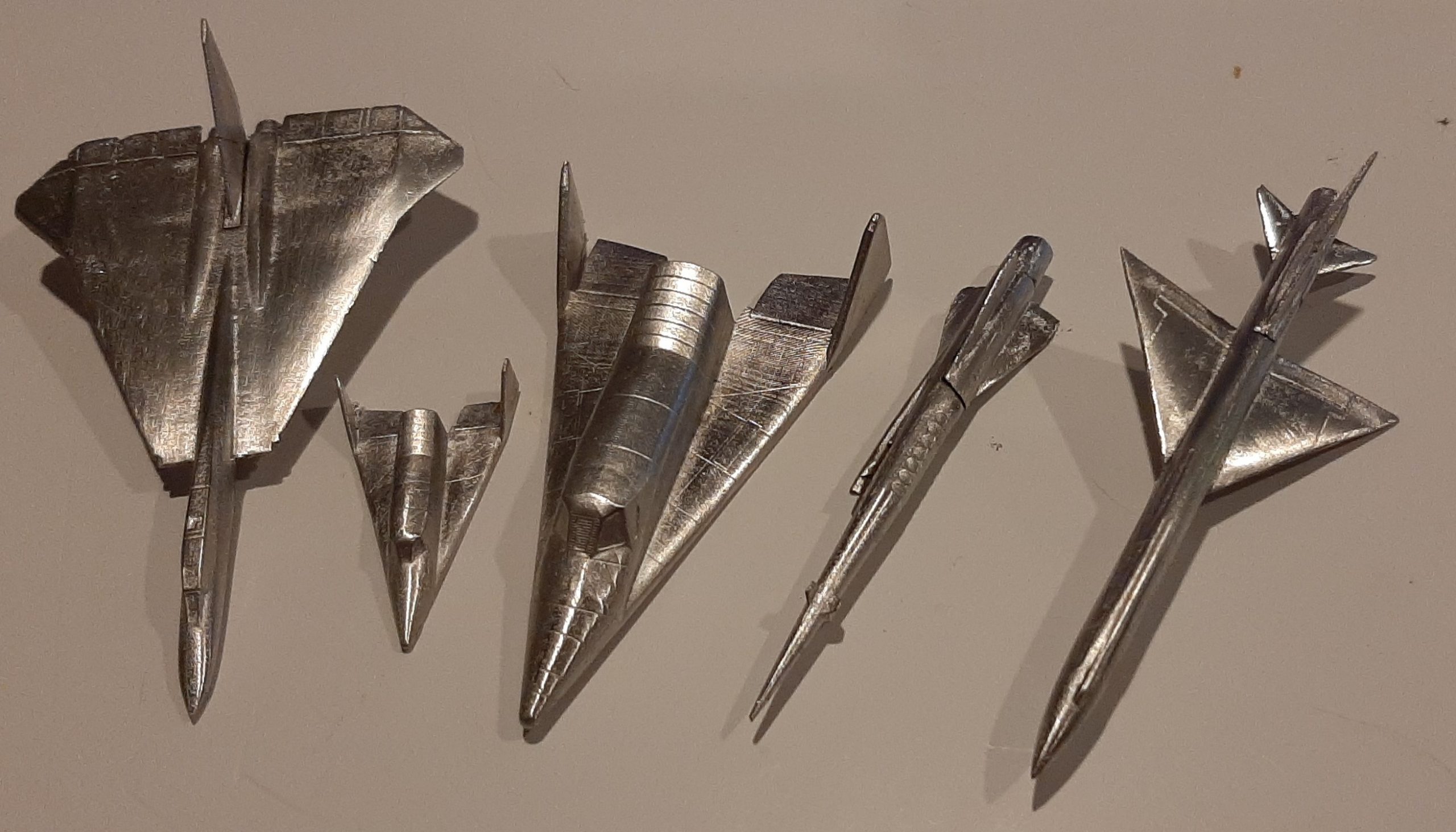Ryan art of a Counter Insurgency (COIN) concept from the 1960s. This aircraft is somewhat similar to the OV-10 Bronco but with the important distinction of having a rotor for VTOL capability. For forward flight the 3-bladed rotor would largely stow within a large saucer-shaped rotor hub to decrease drag. Unfortunately, this is all I have on this concept; if anyone has anything further, I’d love to see it.
The high-rez (600 dpi) scan of the artwork has been made available as an “extra” to APR Monthly Historical Documents Program subscribers/Patrons above the $10 level. If you’d like to get in on such things, or would simply like to help me procure and save such rare aerospace ephemera, consider subscribing. This can be done either through Patreon or Paypal, as described here:




